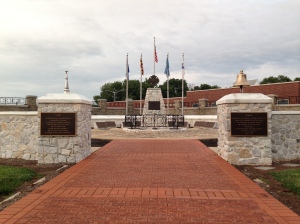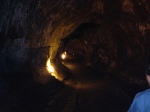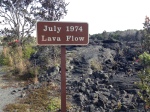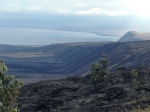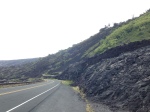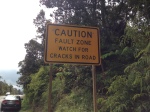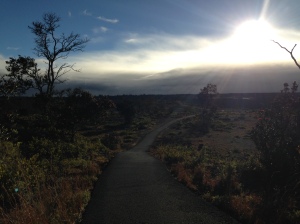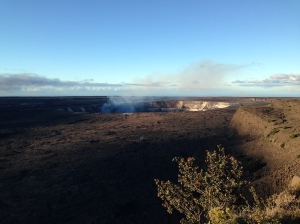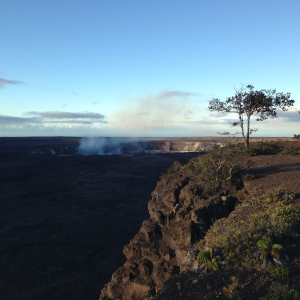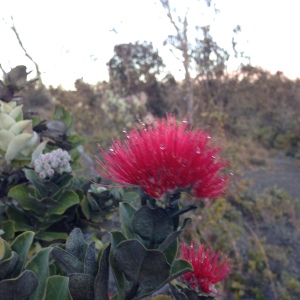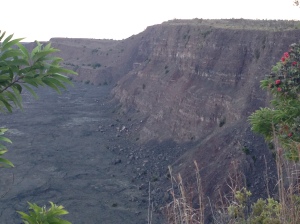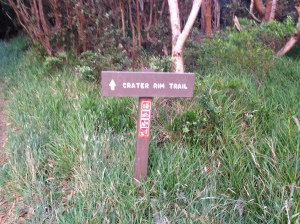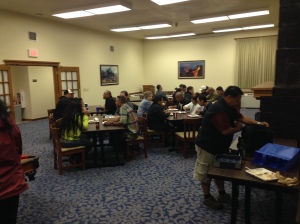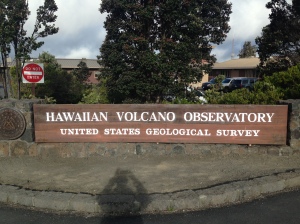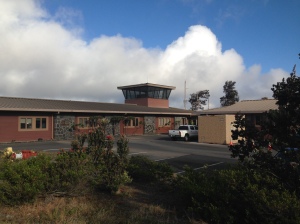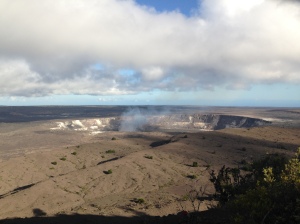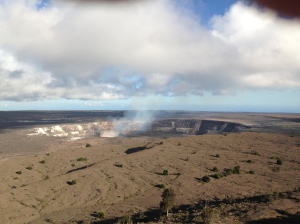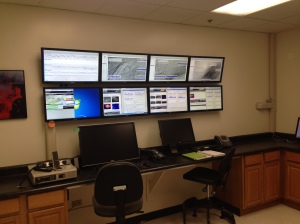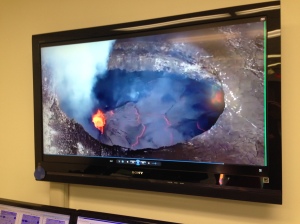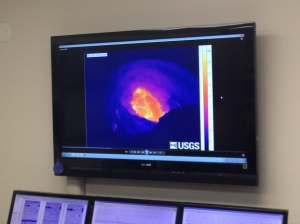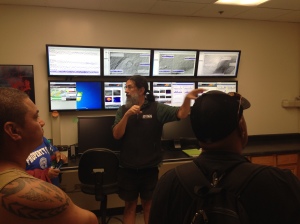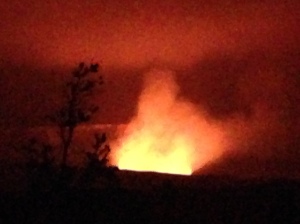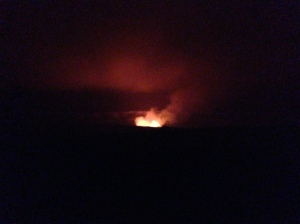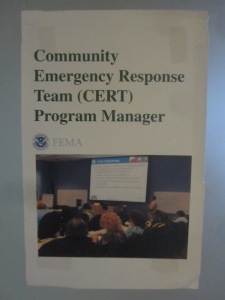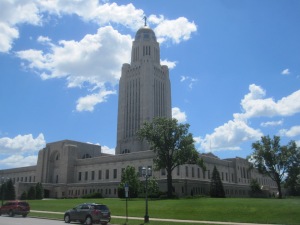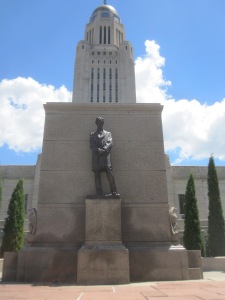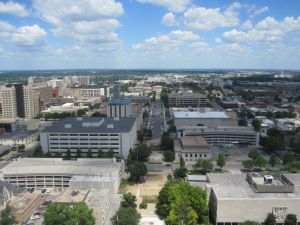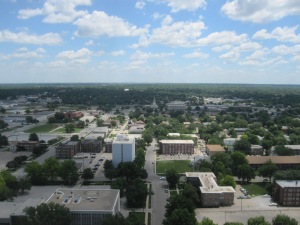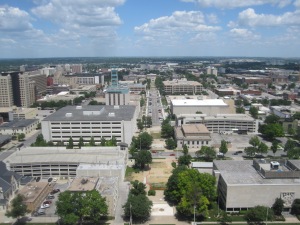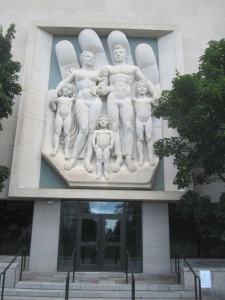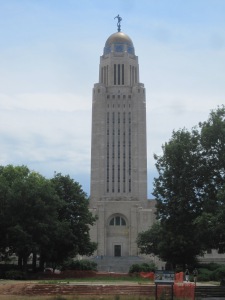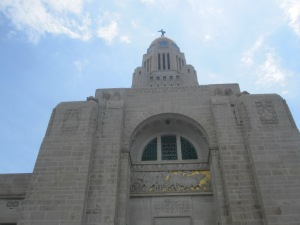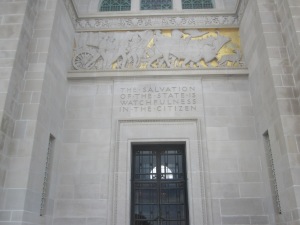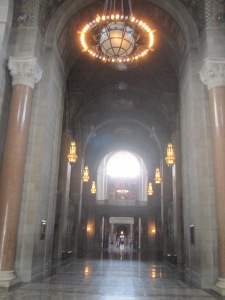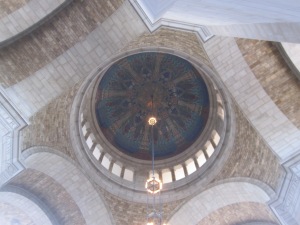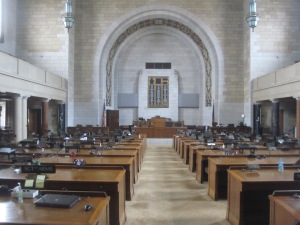Going to Gettysburg
July 31, 2014 1 Comment
One of the great enjoyments I get from teaching is the opportunity to meet new people and create new friendships. Typically, when we have our classes here on campus at the National Emergency Training Center (NETC) in Emmitsburg, Maryland we will have about 50 students in class. The diversity of the class is always interesting, and when I say diversity I’m referring to the geographic areas students come from, their career backgrounds, as well as their cultural differences.
We’ve had the pleasure of teaching classes with students from just about every state in the United States including Hawaii, rural communities as well as metropolitan, tribal, and deaf and hard of hearing. With all that diversity I didn’t think I’d ever be surprised by who might attend one of our classes, but that changed on this trip.
Meet Joe Farago
We generally try to meet and greet our students as they arrive to class on the first day. Unfortunately, we had two students already in their seats as we arrived to our classroom. Much to my surprise, when I walked up to Joe and he introduced himself to me, I was pleasantly surprised he is a fellow Michigander. He shared with me that he has a background in the fire service and is living a great life with summers spent in Michigan and winters in Florida. It wasn’t until later the next day before I learned a tad more about my new friend Joe.
The next day, one of our students came up to me and my co-instructor and said “Do you know who he is?” and proceeded to show as an infomercial on You Tube. It turns out Joe has quite an acting background. Along with infomercials, Joe has had parts on the old “Seinfeld” television series as well as in the movie “Terminator”
- Joe Farago – IMDb imdb.com/name/nm0267016/?ref_=fn_al_nm_1
- “Xpress Redi-Set-Go” Infomercial – youtube.com/watch?v=O6JEi3__2KI
Joe was a genuinely nice guy who was great to have in class. I don’t know if our paths will ever cross again, but I feel fortunate to have met him.
Gettysburg
Today we had a day off from teaching as we are between classes. With my co-instructors Joe and Wilson, we took the day and went to Gettysburg to visit the Civil War battlefields. It was a picture perfect day to be out sightseeing. Sunny and warm, and not a lot of people.
Gettysburg is only a short 20-mile trip from Emmitsburg, so it’s not far. Once we arrived I saw two sides to our national treasure. On one side it reminded me of tourist places much like Branson, MO, Sault Ste. Marie, MI, or Niagara Falls. Lots of tee-shirt shops and fudge shops. One of the unique offerings here are the ghost tours that are offered at night. No – we didn’t go on a ghost tour!
On the other side is the vast countryside filled with monuments and markers recognizing who fought in the Civil War and where they fought. Reading about the Civil War in school certainly doesn’t prepare one for how large the battlefield really was once you see it. It was truly amazing and humbling.
I’m including a few pictures to share.
I hope you come back in the next couple of days because I’ll have more to share with you. Until then, best wishes!
- Only in America!
- Robert E. Lee’s memorial at Pickett’s Charge
- Lincoln’s Gettysburg Address Memorial




